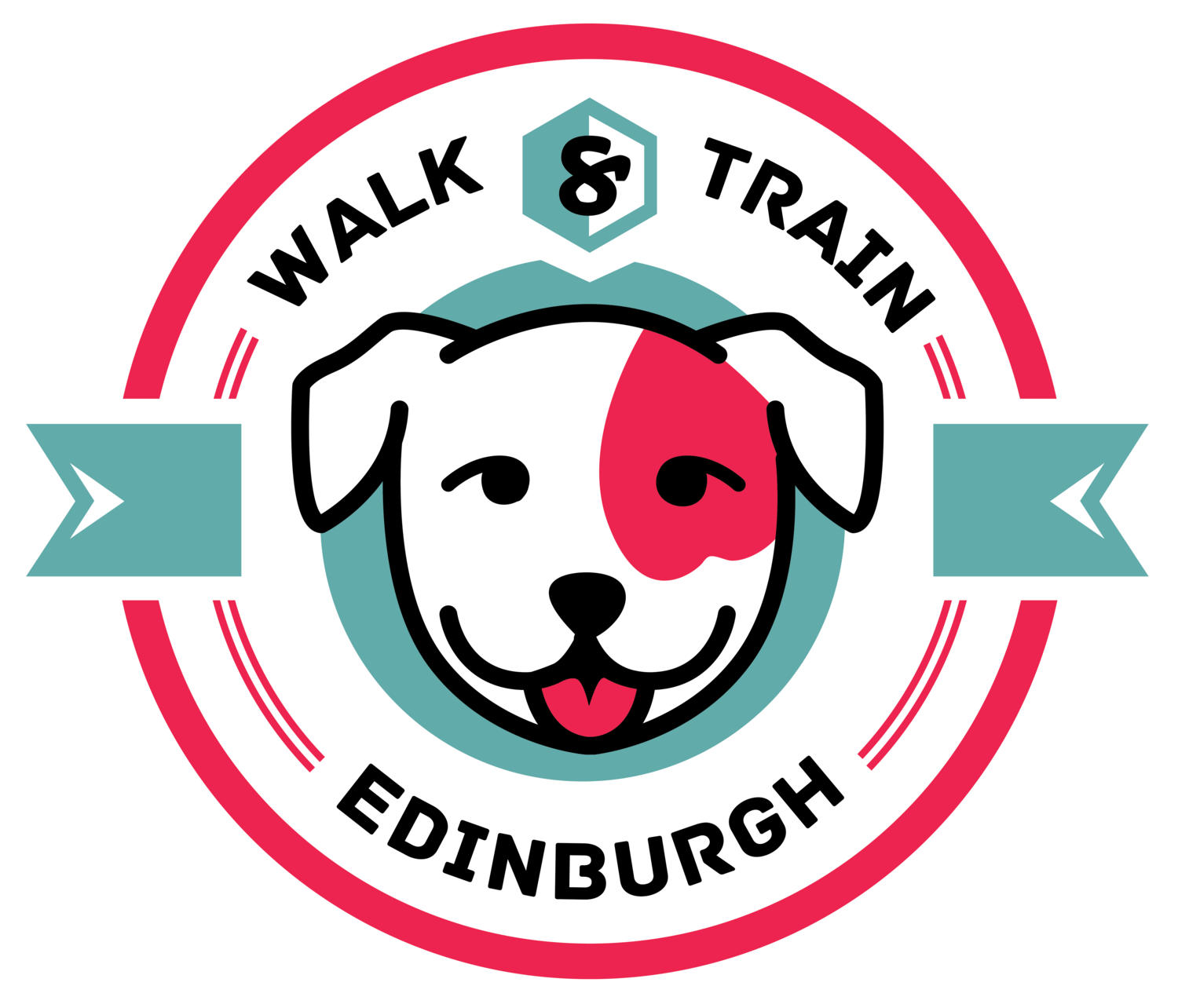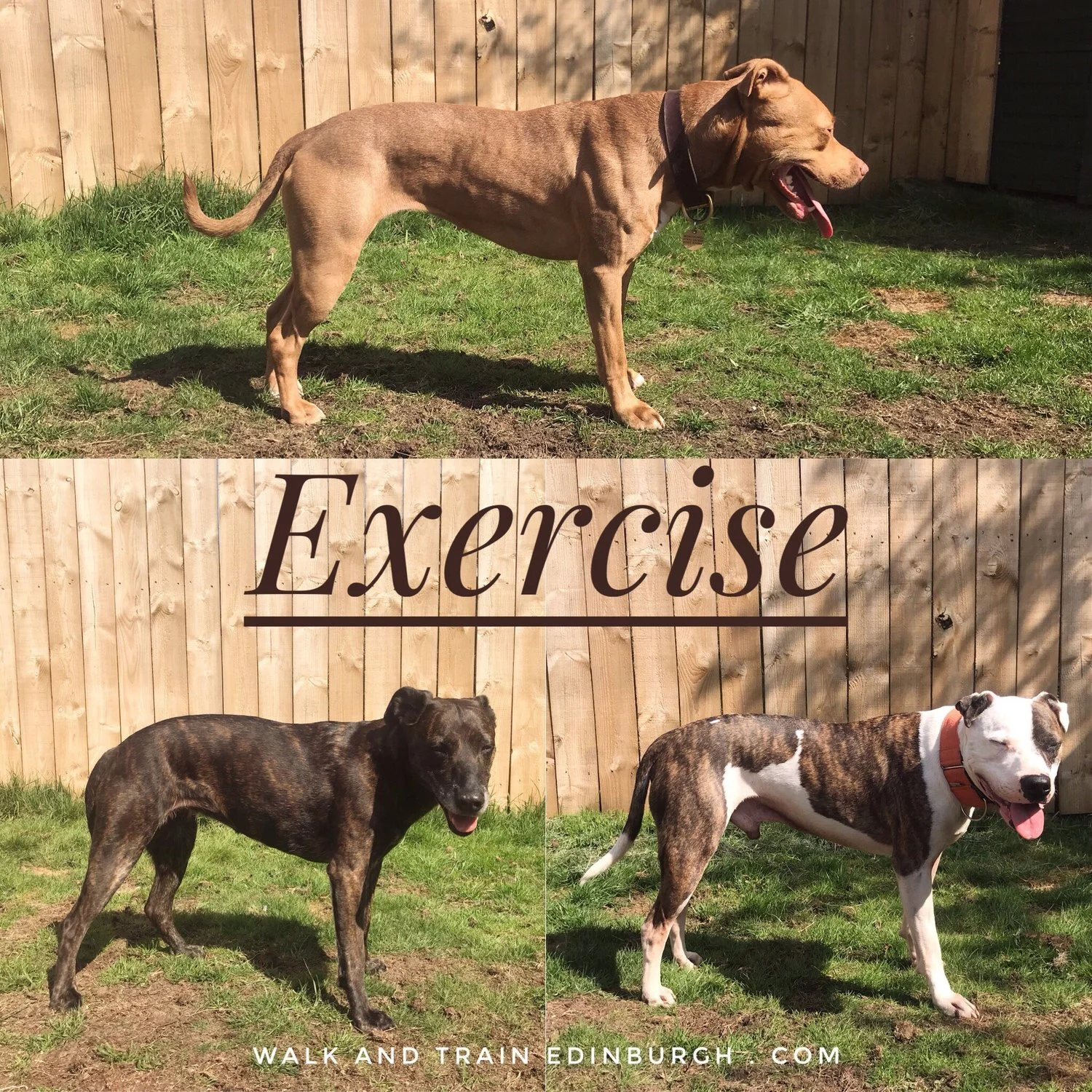Exercise
A common question I get asked is how much exercise my dogs get. How long do I walk them, in what kind of places and do they get to be off leash every day? The answer is - it depends on the individual! Ida and Fausto have been high energy dogs but are 9 years old now and starting to slow down a little. Tennessee is only 4 and very active. We put a lot of effort into ensuring that our dogs are in good health, especially as they are ageing, balancing a good diet, physical activity and mental stimulation paired with time spent relaxing and settling.
We try to provide a good balance between aerobic/endurance (hiking, running), strength training (CRT), balance and flexibility (proprioceptive work and stretches), and anaerobic/HIIT (playing). We always make sure to have a good warm up and cool down period, and pay close attention to our dogs’ recovery by regularly massaging, stretching and checking over our dogs’ bodies . For example, due to Fausto’s age and health, he needs to have a light day (but not stationary) whenever he has done CRT or a big hike to prevent him getting stiff.
Ida is our easiest dog, gets to be off leash most of the time and joins the day care crew on walks almost every day. The other two require more attention and maintenance and take turns joining the Doggie Day Trips. They have a pretty similar schedule with some adjustments. Fausto has a predisposition to become anxious and needs a predictable routine to stay as relaxed and emotionally balanced as he is today. He gets to spend a lot of time decompressing, with little demands on him, and we try to give him as much time off leash in selected places as possible. Tennessee needs a good balance between challenging and stimulating situations followed by time to decompress in the garden or off leash in a quiet place to prevent build up of stress or overstimulation.
Finding a good routine that works for your dog is highly individual, especially if your dog has emotional issues or reactivity problems. We usually recommend at least a 1 hour walk in the morning to keep your dog happy during the day, and another 20 minutes in the afternoon or evening. This can be another walk if your dog is happy and relaxed in the environment you live in, or some time in the garden doing some training or structured play time which can help you progress with any issues. You can read more about our thoughts on mental and physical stimulation here: The Hunt as a Model for Stimulation.
In terms of food, this again depends on the individual dog. Ida is 22kg (bottom left), older but healthy and has been eating roughly 500g of meat/day since we got her. Tennessee is 22kg (top picture), young and very active and needs an extra big portion to ensure that she doesn’t lose weight. Fausto is 28kg (bottom right), older and has some arthritis. The last year he has started putting on weight easily, so even though he is bigger than the girls, he gets smaller portions. However, reducing them too much and he quickly looses muscle mass. To conclude - look at your dog’s physical appearance to determine portions, not the back of the food bag. We recommend measuring up your dog’s food at the start of the day, use it for training and games, and anything which is left at the end of the day can be fed in a dog puzzle. Our dogs get about half of their food as raw meat in their bowls, and half as Eden Holistic kibble during training. You can read more about some things to keep in mind when selecting dog food here: How to Choose Kibble.
Since our clients like when we are really specific, I’ve composed a little example timetable of how a week in Tennessee’s life can look:
ACTIVITY
MONDAY
Lunch: 90 min off leash walk in the woods to explore and be a dog.
Evening: 10 min training session, working on a specific skill.
TUESDAY
Walk with Gregor and the pack/Doggie Day Trip, around a 3 hours hike.
WEDNESDAY
Morning: 45 min countryside walk, on leash.
Afternoon: 45 min city practice for environmental socialisation. For example, 15 min walk, 10 min at a cafe, 10 min sit down outdoors to practice settling, 10 min walk.
THURSDAY
Morning: Canine Resistance Training: 10 min warm up walk, drag 5kg for 1.5 miles, 15 min cool down walk, rub down/massage.
Afternoon: 30 min play/obedience/scentwork/proprioception session.
FRIDAY
Lunch: 90min off leash walk to explore and be a dog.
Evening: 10 min training session, working on a specific skill.
SATURDAY
Morning: 45 min countryside walk, on leash.
Afternoon: 30 min play/obedience/scentwork/proprioception session.
SUNDAY
Morning: Hill run, hike or some Canine Resistance Training.
Afternoon: Chill Time!
We usually also attend two classes per week. This can be using her as a demo dog during one of our own classes or private sessions, or attending a class with another trainer (e.g. scentwork, mantrailing…). On these days, the class replaces the afternoon or evening training session.
For more information about Canine Resistance Training, visit the homepage here.
For some videos on scentwork, visit our playlist here: For Your Dog’s Nose.
For more ideas on mental stimulation, visit our blog post: Problem Solving.
To help teach body awareness (fancy word: proprioceptive work) we use a wobble cushion (video here), FitPaws equipment or cavalettis in the garden, often paired with some stretches, or the environment on walks as discussed in this blog post here on Confidence Building and shown in this video.
PASSIVITY
Activity in all its glory, but passivity, calmness and recovery are just as important. The type of dogs we own are not dogs who you can physically drain to exhaustion - their endurance and activity level is always going to be higher than ours. It is therefore crucial that they learn to be calm, patient and settled regardless of whether they have been out or not. For example, if we would both be ill and the dogs only get a 20 min stroll, or just spend time in the garden, we still need them to be able to be calm. You can read more about the topic here: Relaxation.
We have a few rules which make this easier to maintain:
No playing inside the house. When indoors, stay on your dog beds and relax.
Balancing play time and chill time in the garden to avoid having an anticipation of high arousal in the area. If we play or train, there is a clear start (“Ready?”) and end (“All done.”) to each session that marks the limits of the window of opportunity. After playing, we always spend some time just sitting down and relaxing together. If they play with their dog friends, they need to be able to stop and calm down again whenever we ask them to.
Balancing activity and passivity on walks by stopping and working on settling in different environments.
Making sure they are fulfilled most of the time makes it much fairer to the dogs to set those types of demands on them. Give them a time and place to let some steam out to be able to set expectations on their behaviour the rest of the time. You can read more about the topic here: Give Before You Take.
This is one of our most requested topics, so I hope you found it helpful! Send us a message if you have any questions and happy training! :)

